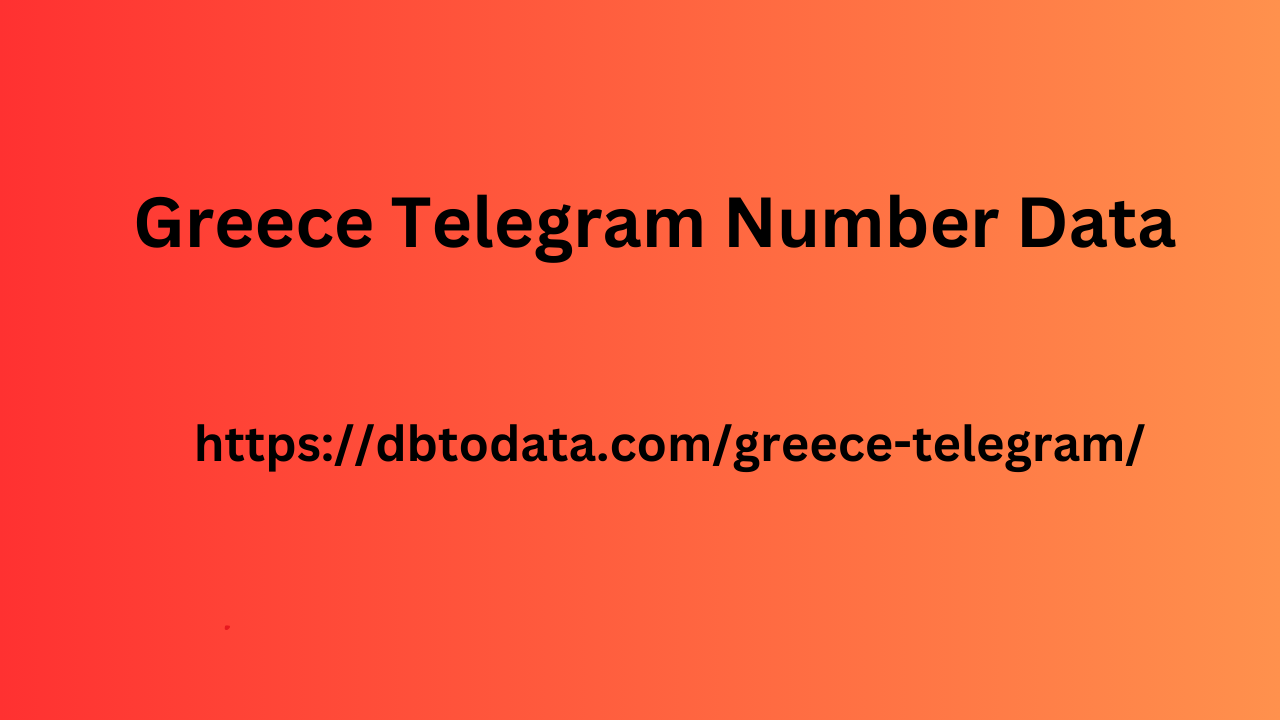Post by account_disabled on Mar 5, 2024 3:43:26 GMT
The creative style frees itself from conventions and allows the author maximum personal expression. Gabriel García Márquez, with his magical realism, offers a brilliant example of creativity in scriptural style. Objective : Objective writing is based on verifiable facts and data, as in academic or educational texts, where accuracy is essential. Subjective : In contrast to objectivity, subjective style reflects personal opinions and experiences, as in blogs or opinion pieces. Review : Writing reviews evaluates items or experiences by providing the reader with an informed judgment, often found in book or product reviews. Poetic : The poetic style uses rhyme, rhythm, and meter to express emotions or tell stories evocatively.
Poets like Emily Dickinson use this style to touch on Greece Telegram Number Data profound themes with brevity and elegance. Technical : Technical writing focuses on specific topics that require precision and logic, such as in user manuals or medical articles. Business : Brevity and clarity dominate the business style, necessary in business communications such as business plans or client proposals. Blogging : Blogging adopts an informal and accessible style, making information accessible to the general public through posts on various topics. Entertainment : Entertainment writing aims to amuse audiences, often through film scripts or short stories. To better illustrate how different writing styles translate into practice, let's focus on two emblematic figures of literature.

Jane Austen and Charles Dickens. These authors not only masterfully mastered the descriptive and narrative styles, but also knew how to infuse their works with persuasive and expository nuances, demonstrating how a style can significantly enrich the narrative and thematic fabric of a literary work. Jane Austen , with her proverbial precision and subtle irony, represents an exemplary use of descriptive style, transforming it into a tool for social and psychological exploration. In her works, such as “Pride and Prejudice” , Austen does not simply limit herself to describing environments and characters; rather, she uses description to reveal the social conventions, hypocrisies, and prejudices of the era in which she writes, making her style a vehicle for acute and perennially relevant social criticism.
Poets like Emily Dickinson use this style to touch on Greece Telegram Number Data profound themes with brevity and elegance. Technical : Technical writing focuses on specific topics that require precision and logic, such as in user manuals or medical articles. Business : Brevity and clarity dominate the business style, necessary in business communications such as business plans or client proposals. Blogging : Blogging adopts an informal and accessible style, making information accessible to the general public through posts on various topics. Entertainment : Entertainment writing aims to amuse audiences, often through film scripts or short stories. To better illustrate how different writing styles translate into practice, let's focus on two emblematic figures of literature.

Jane Austen and Charles Dickens. These authors not only masterfully mastered the descriptive and narrative styles, but also knew how to infuse their works with persuasive and expository nuances, demonstrating how a style can significantly enrich the narrative and thematic fabric of a literary work. Jane Austen , with her proverbial precision and subtle irony, represents an exemplary use of descriptive style, transforming it into a tool for social and psychological exploration. In her works, such as “Pride and Prejudice” , Austen does not simply limit herself to describing environments and characters; rather, she uses description to reveal the social conventions, hypocrisies, and prejudices of the era in which she writes, making her style a vehicle for acute and perennially relevant social criticism.
